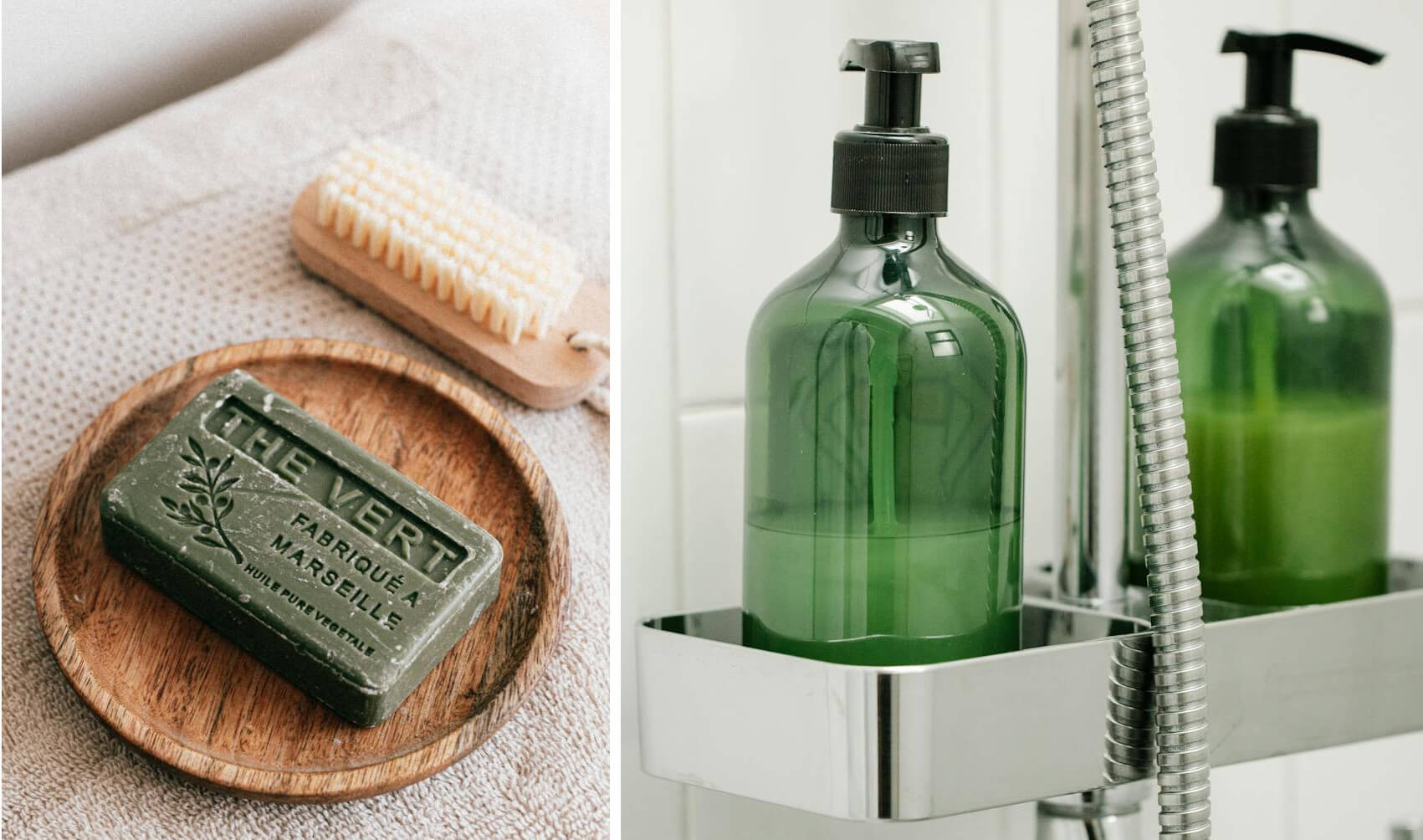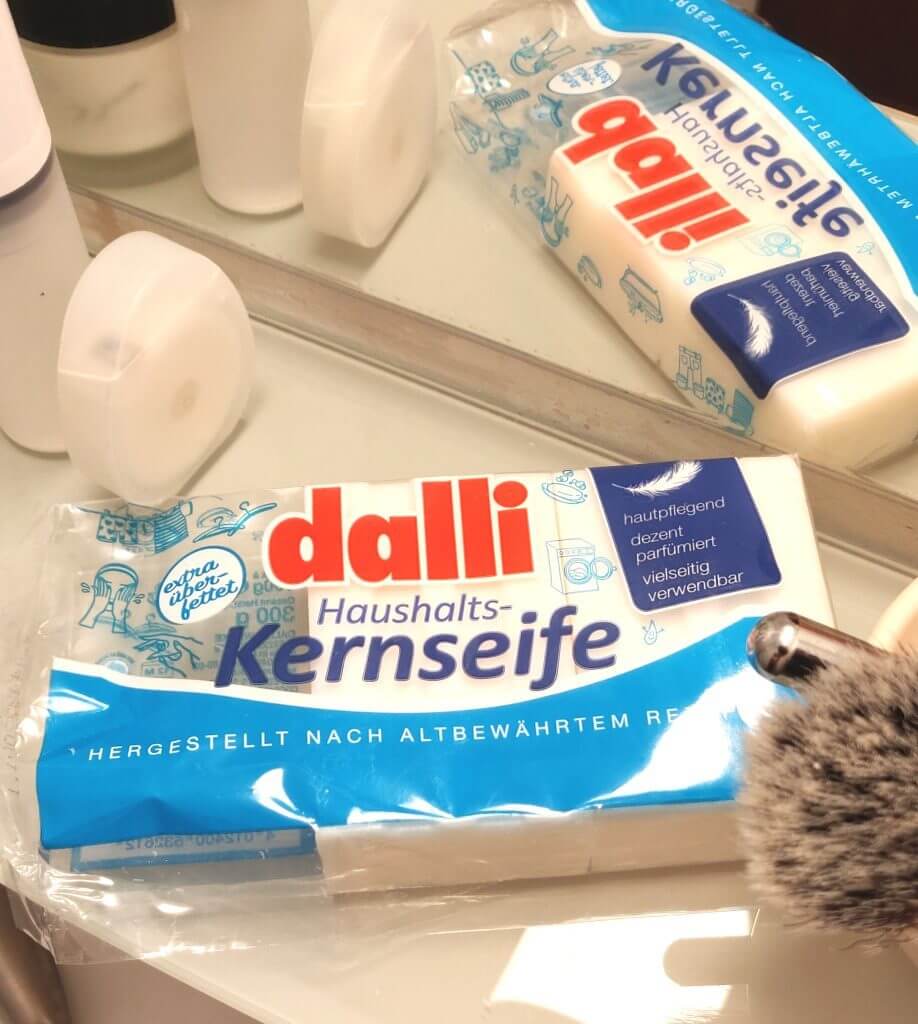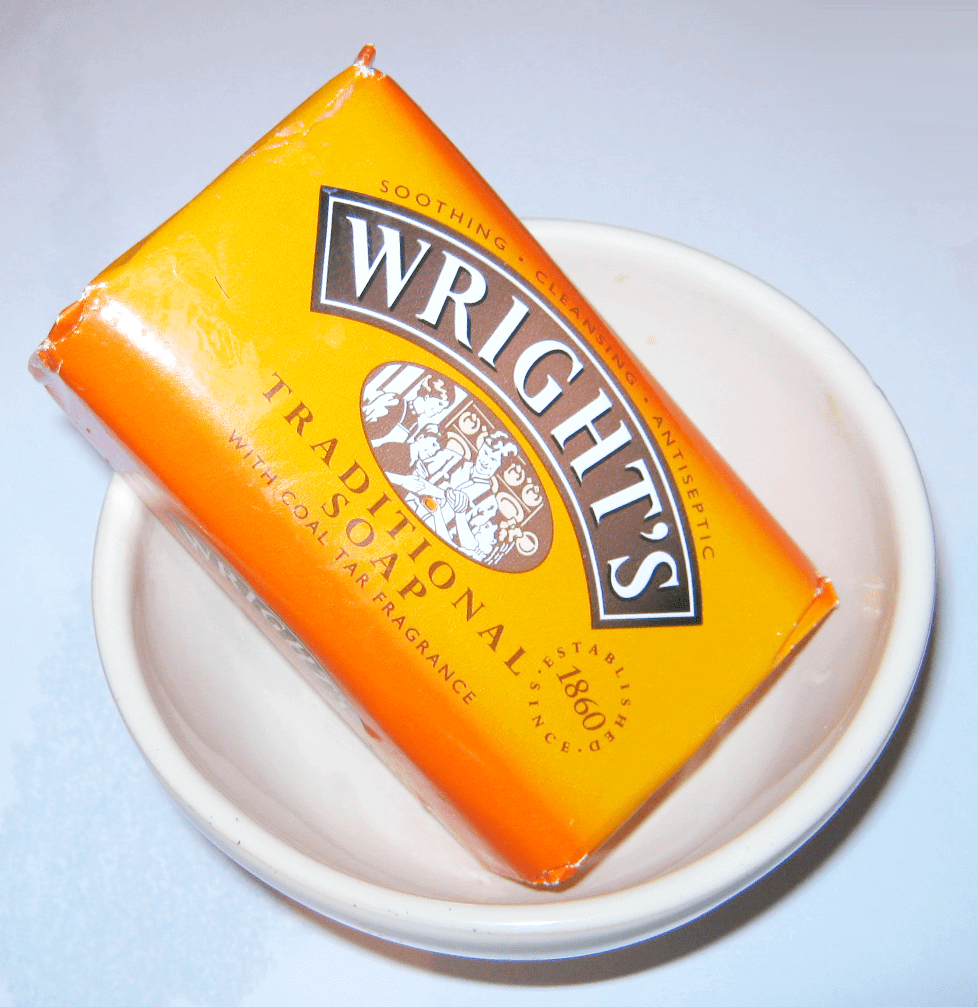
Bar soap or body wash? This practical guide breaks down the pros and cons of each, from ingredients and pH levels to fragrance retention and skincare.
When I was growing up, we used a washcloth and bar soap, whether in the tub or at the sink. Hair washing was a separate activity altogether, usually done at the sink with shampoo. As males, conditioners were irrelevant.
And even further back in my father’s day, a bar of soap was the one and only personal hygiene product in many households. Apart from washing the body, it served as a shaving lubricant and shampoo.
Hair washing was a once-weekly ritual done in the tub. This involved filling a tin bath with water heated on the hearth. To save time and fuel, it was common for siblings to share bathwater.
Plumbing has improved since his day and mine. Most of us now have a shower at hand. And since the rise of showering, a new product has taken center stage: the body wash. It comes in several formats, including regular, “soap-free,” and as an “all-over shampoo” for the body, face, and hair. What could be more convenient?
I must admit, I didn’t give it a thought for decades. I switched to body wash in the 1980s and never looked back. Only recently did I revisit bar soap.
So, which is better? Let’s take a closer look at each.

Bar Soap
Bar soap is a solid product made through a process called saponification, which is the reaction of fats or oils with an alkali substance like potash.
Why Bar Soap Is Cheaper
Bar soap is simpler to make than body wash, requiring fewer ingredients and less packaging. It’s easier to transport, with zero risk of spillage and a compact size that takes up less space. These factors make it more cost-effective.
Long Shelf Life Without Added Preservatives
Due to its alkali content, added preservatives are unnecessary. And unlike body wash, bar soap is a dry product, making it less prone to bacterial degradation.
Of course, if you keep it in a damp environment, it loses this advantage. “Soap on a rope” can be hung to dry after use. Or invest in a soap dish with good drainage. I keep mine on a wire shower caddy from Ikea.
Types of Bar Soap
Alkaline and Syndet Bars
Traditional alkaline soaps have a pH of 8–10, which can disrupt the skin’s natural barrier if used daily. Healthy skin has a pH of 4.5–5.5.
If you like the solid form of bar soap but want to avoid the harshness, go for a syndet (synthetic detergent) bar. These are suitable for the face and for dry or sensitive skin.
However, their lack of alkaline makes the addition of artificial preservatives unavoidable—more on that later when we come to body washes.
Both bar types efficiently remove bacteria, so there’s no need for antibacterial soap.
Superfatted Curd Soap
If you want the best of both worlds, try superfatted curd soap. I discovered this while training myself to shower cold.
“Superfatted” means it contains extra oils or fats that are not saponified. As such, it won’t dry out the skin despite a high pH.
I use a product called Dalli, which is available online. It’s free of fragrance, dyes, and preservatives, and lathers well even in icy water.
You’ll get similar results with any well-made curd soap, especially if it’s based on short-chain fatty acids like lauric and myristic acids, which are naturally good at foaming.
Pine Tar Soap
Carbolic and coal tar soaps that actually contain the ingredients after which they’re named are no longer available due to health regulations. Wright’s Coal Tar Soap and Lifebuoy use essential oils to mimic their original masculine, somewhat medicinal aroma.
But we still have pine tar soap, which is beneficial for dry, irritated skin.
It’s anti-itch, anti-inflammatory, antifungal, and keratoplastic, meaning it helps normalize skin cell turnover, improving rough or flaky skin.
Use pine tar soap for eczema, psoriasis, and dry, itchy skin.
Exfoliating Bar Soap
Lastly, there are bar soaps containing grit or texture for an exfoliating effect.
This is more hygienic than a loofah, which may harbor bacteria and odor-causing fatty acids. But I prefer a washcloth that can be changed daily.
Soap and Fragrance
Personally, I enjoy the clean smell of traditional alkaline soaps—it’s something body washes cannot replicate. Furthermore, the scent lasts longer.
This is because soap is made with fat-based carriers like tallow, coconut oil, and palm oil, which are excellent solvents for fat-soluble fragrance compounds such as essential oils, aromatic resins, and synthetic musks and aldehydes.
These dissolve into the soap’s fatty base, which causes them to bind to the skin’s surface oils, preventing them from being rinsed away. This is especially true for cooler water temperatures.
My favorite scented products are Wright’s Coal Tar Soap, Palmolive, and Irish Spring.

Body Wash
Body washes are liquid cleansers.
We’ll leave soap-based alkaline products out of the equation here. The format may differ, but they basically do the same as traditional bar soaps. You may already have encountered these; to my knowledge, the best known is by Dr. Bronner.
Most body washes are syndets, which have their own set of pros and cons.
This obviously means they are soap-free, so you’re probably wondering why only some carry the “soap-free” label. More on that in a moment.
Because body washes contain no alkali, their pH is lower, which is better for maintaining the skin’s moisture barrier. But a lack of alkaline makes added preservatives a must in order to extend shelf life. In conjunction with dyes and heavy fragrances, these can cause irritation just as traditional bar soap can.
That’s why it’s important to choose a cleanisng product according to the body area you wish to cleanse.
Types of Body Wash
Regular Body Wash
Regular body washes are designed for general use and come with a creamy texture and a wide range of scents. They’re effective cleansers but may not be suitable for sensitive skin.
Personally, I never use these. If I want fragrance, I prefer traditional bar soaps that leave a fat residue. As previously discussed, this allows the scent to remain on the skin after rinsing.
Syndet-based products are made to rinse cleanly. This means the fragrance goes down the drain with it. Furthermore, without the fat buffer provided by soap, the skin is left more vulnerable to irritants; particularly the dyes, preservatives, and fragrance compounds found in the wash itself.
Shower Gel
Shower gel is a firmer, jelly-like version of body wash, often marketed as refreshing or invigorating. It typically contains less moisturizer than creamier body washes, making it better suited for oily skin or warmer climates.
In many regions, especially the UK, “shower gel” is the default term for any liquid cleanser for use in the shower. This likely stems from the fact that shower gels were the first type of body wash to gain popularity when showering became widespread during the 1970s and ’80s.
Functionally, shower gels and regular body washes are much the same: both are syndet-based, both cleanse effectively, and both come in a wide range of scents. The main difference lies in texture and skin feel.
All-Over Body Shampoo
All-over body shampoos claim to cleanse the body, face, and hair. Some include conditioning agents to offset their stripping effect on hair.
Like regular body washes, all-in-one products are known for their strong fragrance compounds and dyes. Together with their unavoidable preservatives, these may prove too irritating for the face and other sensitive areas.
I find this to be true of all the products mentioned so far—except for the soap-free syndet bar.
“Soap-Free” Body Wash
This is the product I use for all sensitive areas, including my face and facial hair; it’s actually a viable and cheaper alternative to a beard wash.
As we’ve already seen, most body washes are soap-free, but only some carry the label. These are marketed as gentler alternatives due to reduced fragrance, zero dyes, and milder preservatives.
They’re ideal if you have sensitive or reactive skin, as their low pH and gentle surfactants help preserve the skin’s protective barrier. The most well-known brand is Sebamed. I prefer a no-name drugstore product.
As explained earlier, I use bar soap for showering cold or for fragrance, but only on body areas I know can tolerate it; these being my chest, back, arms, legs, and feet.
When travelling, a soap-free body wash is the only cleanser I take with me. It can even be used on the hair if it’s very short and/or low maintenance. For men using styling and texture products, you’re better off using shampoo.
By the way, for my armpits, I use a face wash with salicylic acid and zinc oxide. This helps reduce the buildup of odor-causing bacteria and prevents underarm warts, which are common in older men.
Exfoliating Body Washes
Like traditional bar soaps, body washes are also available as exfoliants, including those labeled “soap-free.”
Scrubs with jojoba beads are the only type I’d use on my face. These are non-abrasive and biodegradable.
For my body, I prefer to mix my body wash with baking soda.
So, Which Is It: Bar Soap or Body Wash?
In the end, it’s not about which product is better, but knowing what works for your skin.
Traditional bar soap is simple and effective. It leaves the skin protected and is available with fragrance and exfoliating properties if desired.
What I particularly like is that its scent sticks after rinsing. And if you shower in cold water, curd soap can lather better than any syndet product.
Body wash is convenient and often marketed as gentler, but it can be as irritating as the harshest bar soap.
Personally, I use both. Bar soap for body areas that can tolerate it, and a soap-free body wash for sensitive zones.
I like variety, but if you’re a minimalist who wants to take the best care of his skin with little effort, a product labeled “soap free” is the real all-in-one and probably the best choice overall.
© 2025 J. Richardson
Related Posts
Disclaimer
The information provided by The Neat and Tidy Man (“we,” “us,” or “our”) on theneatandtidyman.com (the “site”) is for general informational purposes only. While we endeavor to keep the information up to date and correct, we make no representation or warranty of any kind, express or implied, regarding the completeness, accuracy, reliability, suitability, adequacy, validity, or availability of any information on the site. Under no circumstance shall we have any liability to you for any loss or damage of any kind incurred as a result of the use of the site or reliance on any information provided on the site. Your use of the site and your reliance on any information on the site is solely at your own risk.



